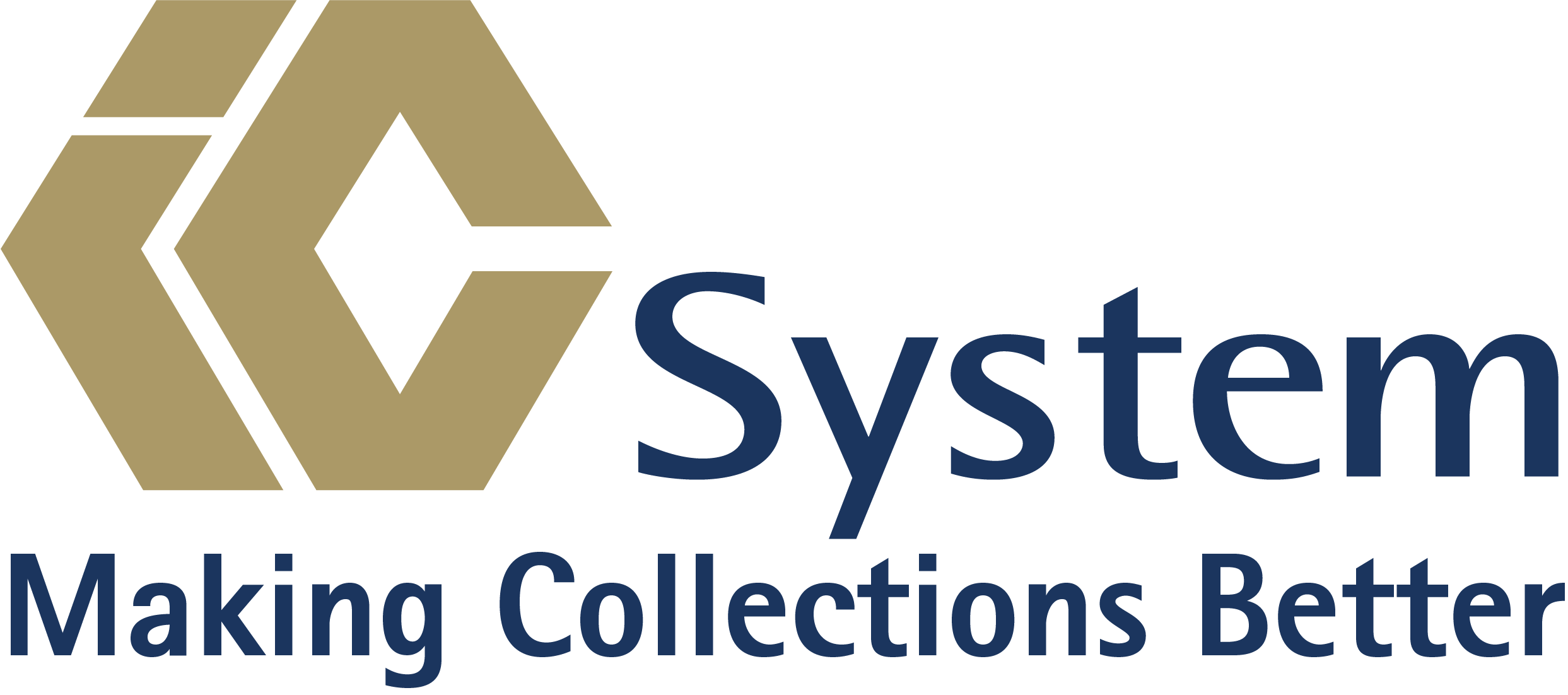Track Your Financial Health: Managing Days in Accounts Receivable in Healthcare

Healthcare professionals know very well how numbers serve as key indicators of a patient’s health. When one of the key measurements is out of whack, it’s not proof of an underlying cause — but it is a starting point in finding the root of illness or disease. The same is true for your practice’s financials. Having key performance indicators at your fingertips can help you determine at a glance whether your practice is financially healthy. One metric that should always be front and center is your days in accounts receivable healthcare metric.
A good rule of thumb is that 80 percent of your receivables should be within the 0-to-30-day range. If a growing percentage of days in patient accounts receivable stretches into the 90-day or older category, that’s a red flag: your cash flow is likely suffering, and your practice could be heading toward financial instability.
Know Your Numbers: Days in AR Calculation for Healthcare
To maintain a healthy cash flow, your team needs to understand and monitor days in AR calculation for healthcare regularly. This calculation shows how many days, on average, it takes to collect payment. The lower the number, the healthier your revenue cycle. Keeping this number in check requires practice-wide awareness and responsibility.
How to Keep Days in AR in Check
1. Keep Your Team Informed
The entire staff — not just the billing department — should be aware of your current days in accounts receivable healthcare and know the benchmark goal. Everyone plays a role in reducing patient A/R by improving communication and streamlining payment collection processes.
2. Communicate Upfront with Patients
Patients receiving high-cost treatments should never leave the office without understanding their financial responsibility. Ensure your team discusses costs, payment options and plans before services are rendered. If this step is skipped, days in patient accounts receivable can easily spike beyond 30 days.
3. Cross-Train Your Staff
Money conversations don’t belong only to billing. Every team member should understand your practice’s financial policies and be able to answer key questions about payment methods, upfront costs and how to set up payment plans.
4. Bill Early and Often
Process and send out bills daily — not weekly or monthly. Even in a small practice, increasing the cadence of billing is a proven way to control days in AR. The longer you wait to bill, the longer it takes to get paid.
5. Be Prompt With Documentation
When the billing department requests additional documentation to process claims, how fast is the turnaround? Delays here can add unnecessary days to your AR calculation. Aim to respond within 24 hours to prevent bottlenecks that increase your overall days in accounts receivable healthcare.
6. Partner with a Collection Expert
If your receivables extend beyond 90 days, it’s time to work with a trusted collection partner. IC System has nearly 80 years of healthcare industry experience and can integrate directly with your practice management system for easy, respectful handoff of overdue accounts.
Need Collection Help?
Call us at 1-800-279-3511 to REQUEST PRICING and learn how IC System can help reduce your days in patient accounts receivable and restore your financial health.
Introducing InstiCollect: A Balanced Collection Solution
For businesses that need an easy, cost-effective way to manage overdue accounts, IC System’s InstiCollect service offers the perfect balance between assertiveness and empathy. With a simple one-time payment, you can submit debts and let us handle the rest, ensuring professional communication with your customers and preserving those valuable relationships.
About the Author: Eric Johannes









